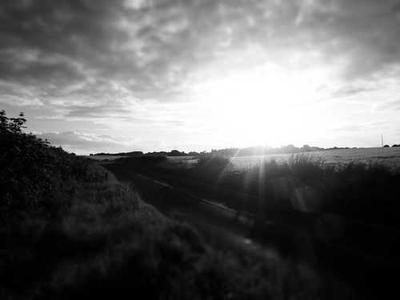Is crossdressing being a transvestite?
Last Updated: 28.06.2025 05:45

a) In serious entertainment, actors playing a role. From Mark Rylance as Cleopatra or Judi Dench as Olivia to Antony Perkins in Psycho. Japanese Kabuki and Nō players. Sopranos singing "breeches" roles in opera.
2) Fashion crossdressers - some metrosexuals and most women fall into this category. Women in trousers – seen as a sexual and social aberration in 1900 – had become the norm by 2000.
4) Entertainers.
d) Stunt doubles.
6) Transvestites – what most people first think of. For transvestites, crossdressing is an end in itself; motives many and various. For most, these go back to childhood or before birth and are obsessive.
3) Fetish crossdressers - who use clothes as a substitute for, or an essential precursor to, sex. This is commonest among teenage boys, but usually disappears or develops into transvestism later. It is rarely seen in public, although the word "fetish" is often misapplied by those who should know better.
c) Drag queens and Drag kings – an exaggerated satirical sub-section of the light entertainment field.
7) Transsexuals – for many of them the cross-dressing is merely an incidental stage in their transition of identity. Once achieved, the wearing of the clothes of the other sex becomes the norm, and can no longer be called crossdressing.
So no woman need say to her CD man: "Does that mean you want a sex-change?" any more than she needs to say: "Does that mean you want a job as a stunt double?" or "Are you going to rob a bank?" Category error.
Is it true that Jehovah's witnesses once thought the world would end in 1975?
A crossdresser is any person who wears the clothes of the other sex. This can be broken down into:
5) Other professionals: the occasional spy/undercover policeman/criminal in disguise. Gay prostitutes.
8) Those forced into crossdressing. This category is included for completeness but barely seems to exist in real life today. It was however observed in the period 1850-1950 when boys were occasionally forced into girls' clothes as a punishment at school or in the home. It is a staple of fiction – to escape from danger (Some Like It Hot), to obtain a job (Tootsie, Mrs Doubtfire), or forced by a sadistic female relative (much transvestite erotic fiction).
Why is there so much evil in the world?
b) In light entertainment: female impersonators/comedians; pantomime dames in British theatre.
1) Occasional crossdressers - Hallowe'en, practical jokers, fancy dress parties, students' rags... etc.
